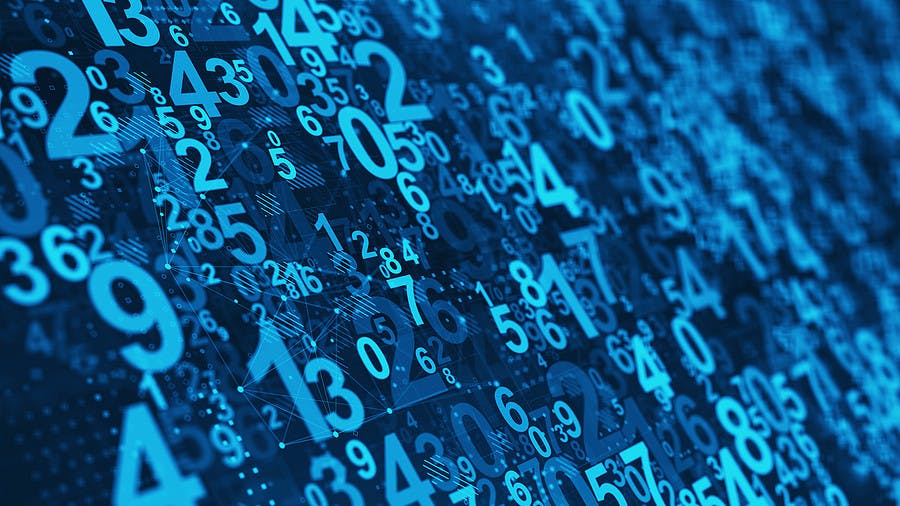Data standards may seem to be among the dullest topics in the world of HR tech. Yet, the quiet work to build and implement standards has a payoff that benefits us all.
For instance, one large financial organization found it had around a dozen slightly different ways of calculating turnover. Until a standard was introduced within the organization, the analytics team would always have to explain why the numbers didn’t quite match.
Building data standards within your company is essential work for analytics teams, and these teams also benefit from work going on to create industry-wide data standards. Consider employment data such as employment status, hire date, and job title. In the industry at large, it exists in thousands of different databases. Each payroll provider and HRIS vendor also has its own database format. So if you need employment verification data, it’s a tedious process because there’s no reliable electronic way to get the data.
There is currently a little-known effort to develop open employment data standards. This movement has identified 200 data fields that provide a common standard for anyone creating or sharing employment data. Consequently, we’re approaching the day when HR will never get a call from someone asking for employment verification; it will all be done electronically.
Furthermore, automating employment verification is more valuable than you might think. One global pharmaceutical company found that people were spending several days a month dealing with this seemingly trivial task.
Meanwhile, various vendors like Equifax, Plaid, and Citadel are building sets of APIs so that they can get income and employment verification data easily from a large number of payroll providers. If someone needs to verify their employment or income data, they need only log into their payroll system and the vendor will do the rest.
As an HR professional, you should take an interest in standards both within your own organization and the industry at large. Globally, there are already many HR standards defined by the ISO committee TC-260. You can get involved by contacting one of the committee members. If you are really keen, then you can join the Society for Standards Professionals and perhaps pursue a career in defining standards.
In HR analytics we often focus on the glamorous world of data visualizations and machine learning — but in the end, everything depends on good data. The quiet world of HR data standards is a world we should all value and support.
